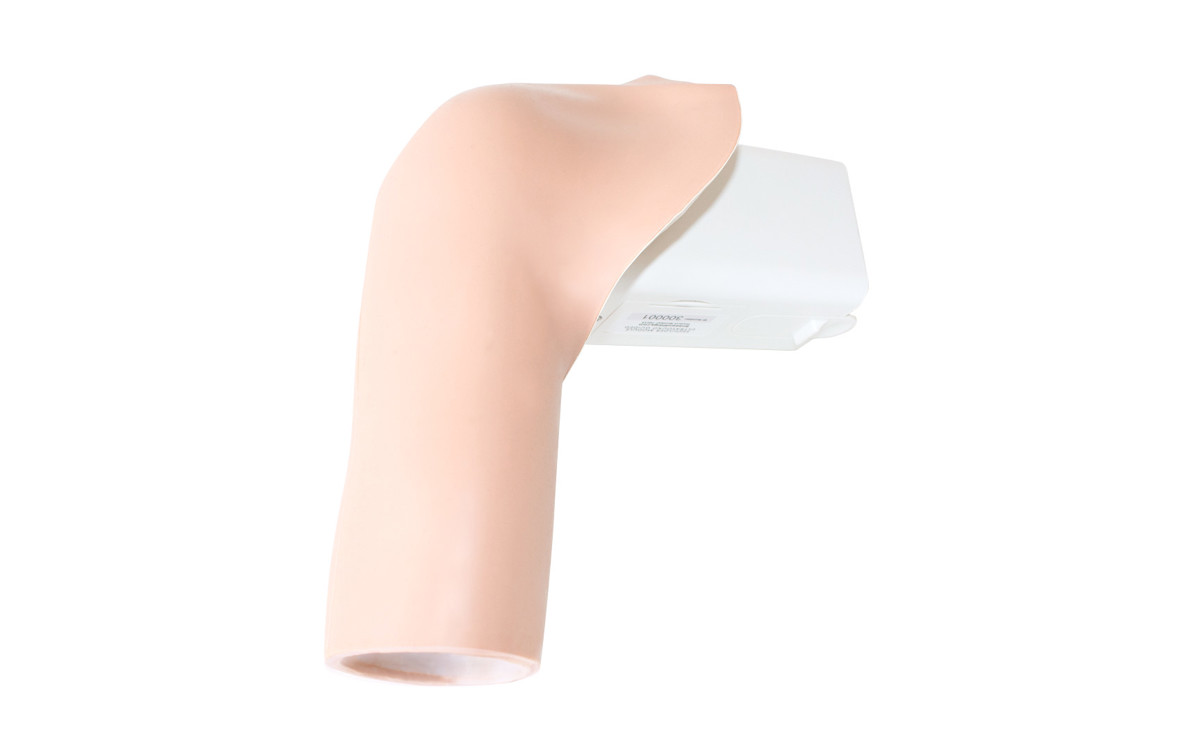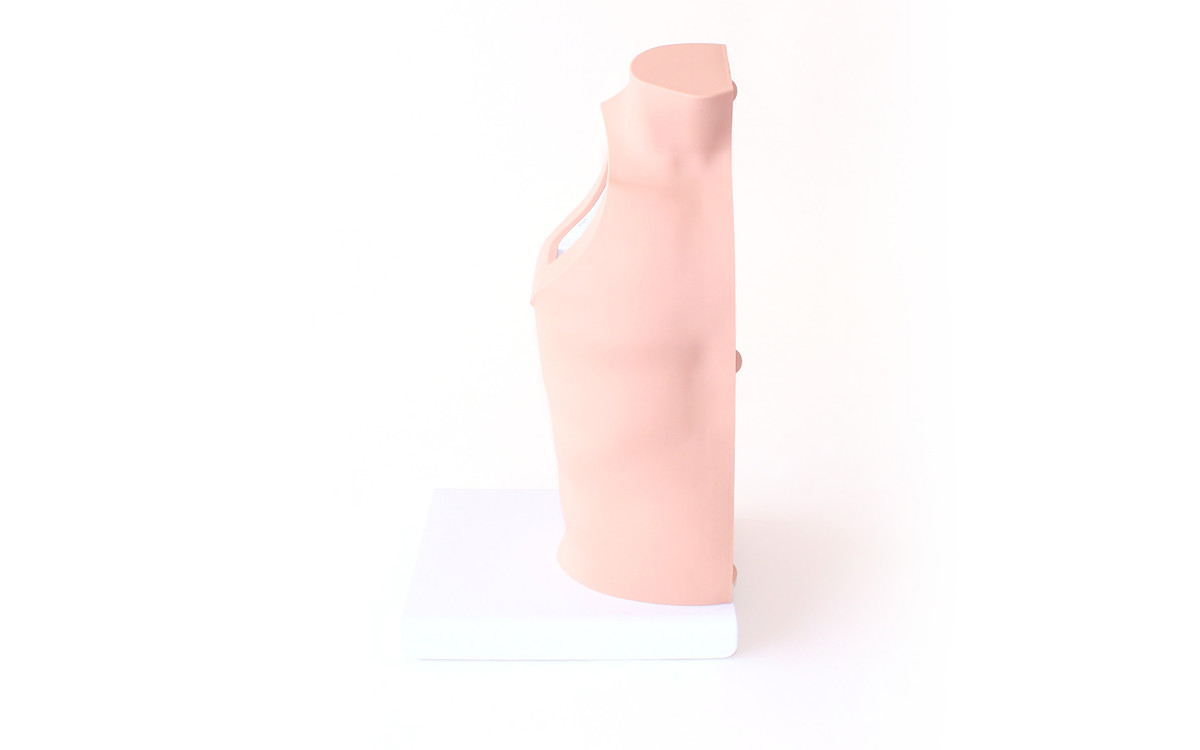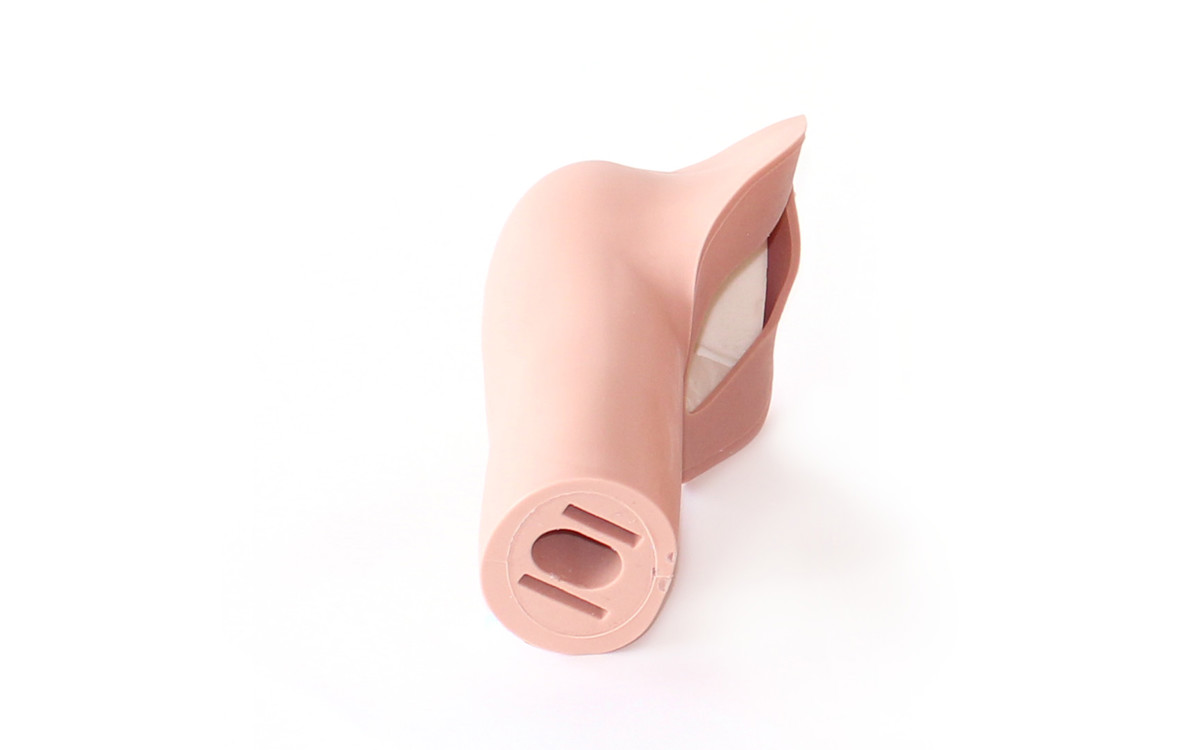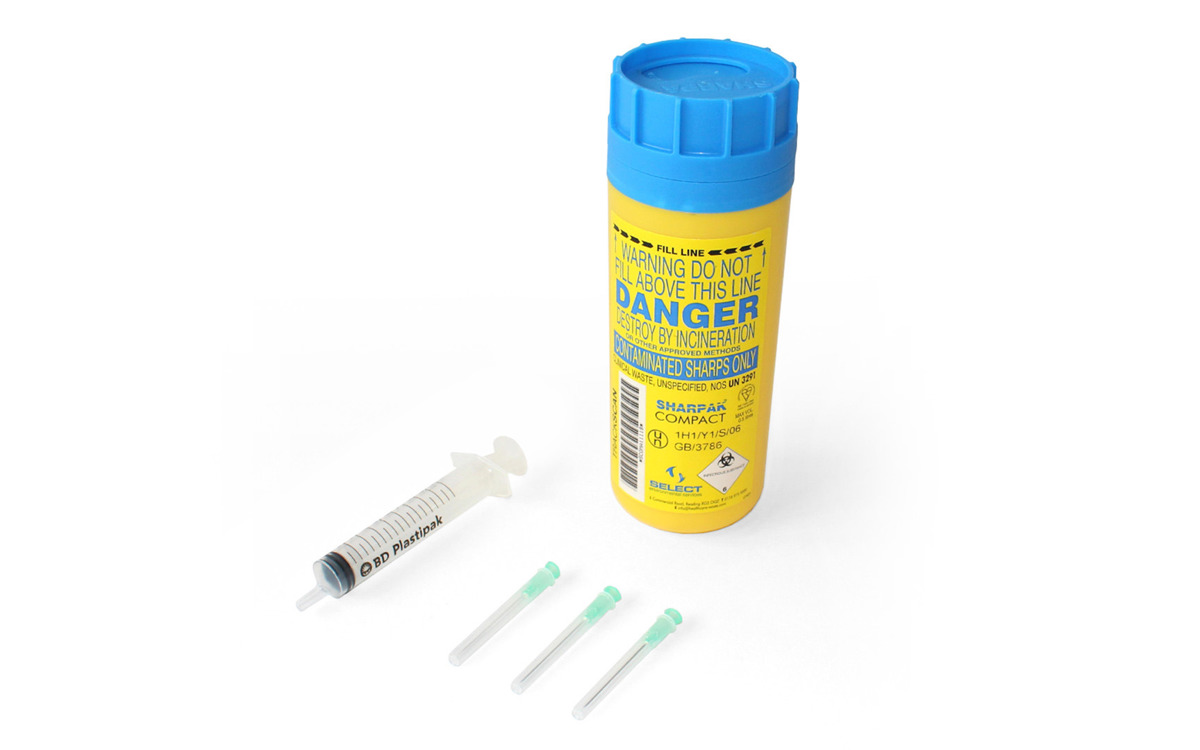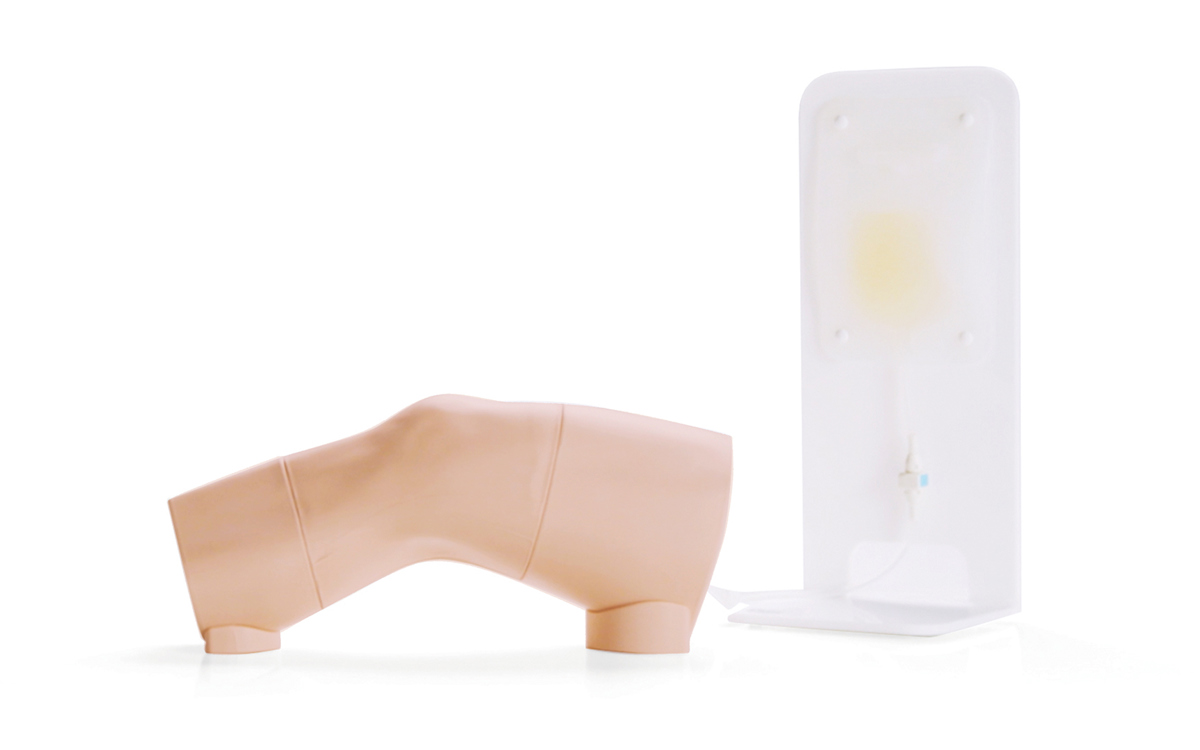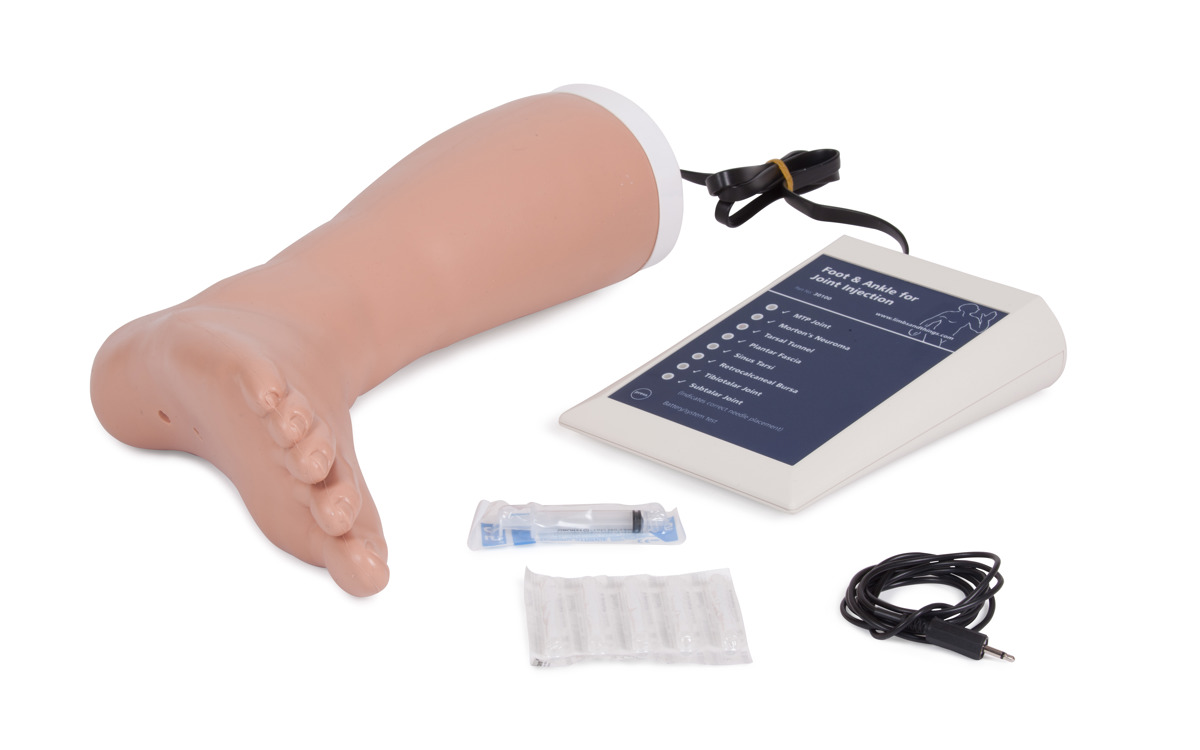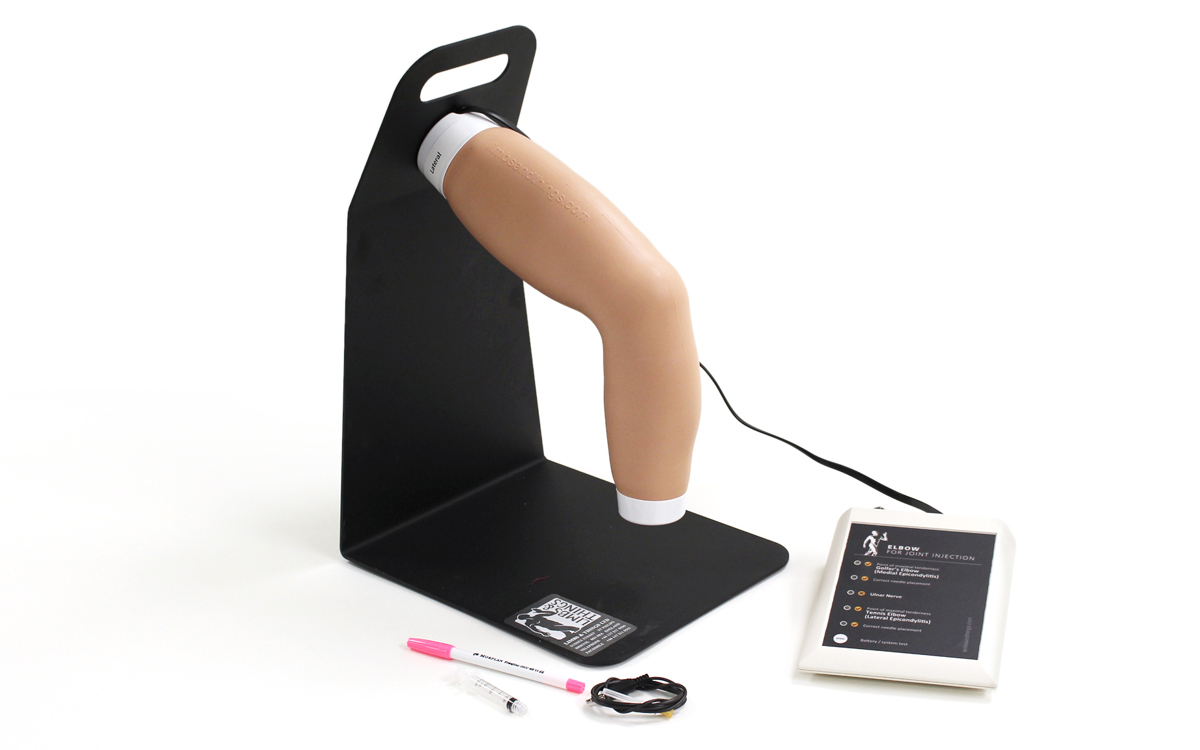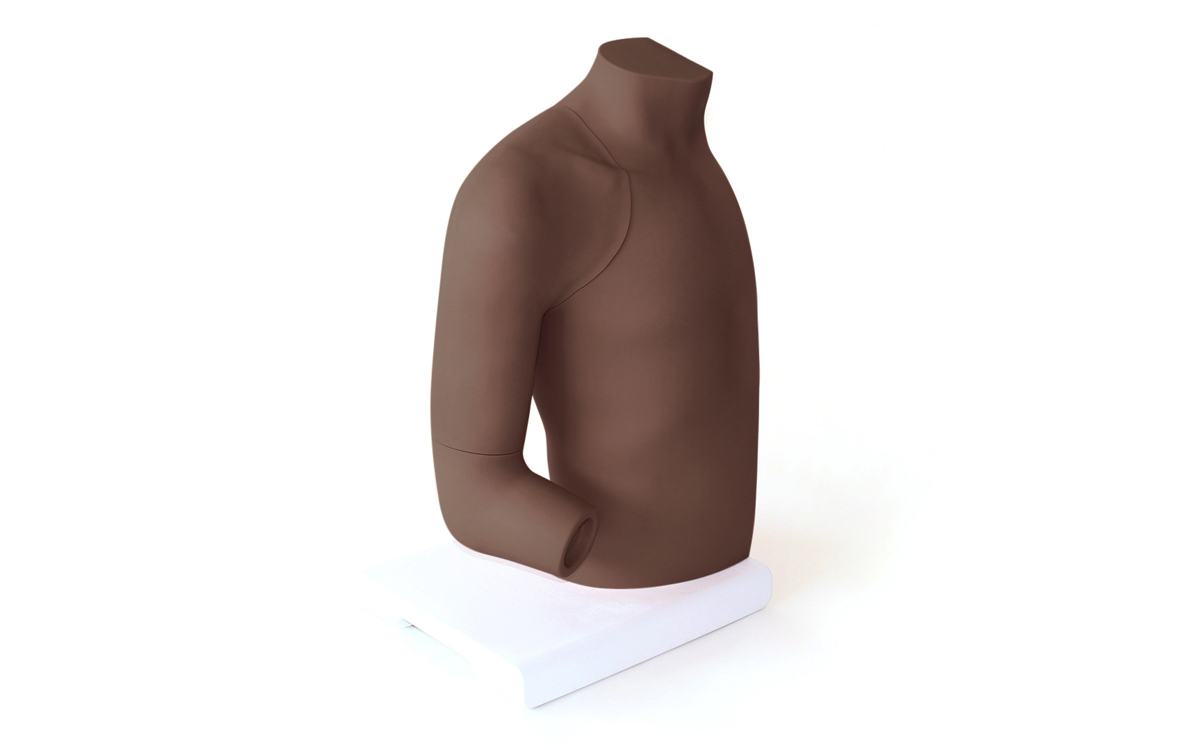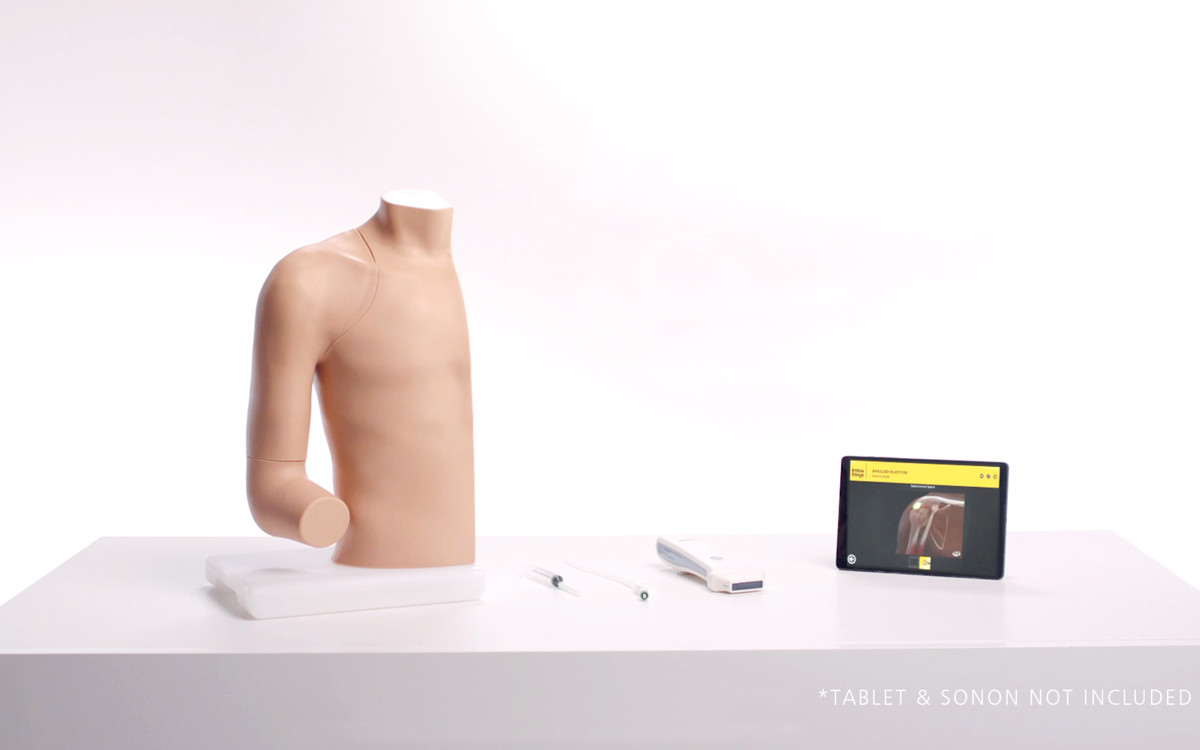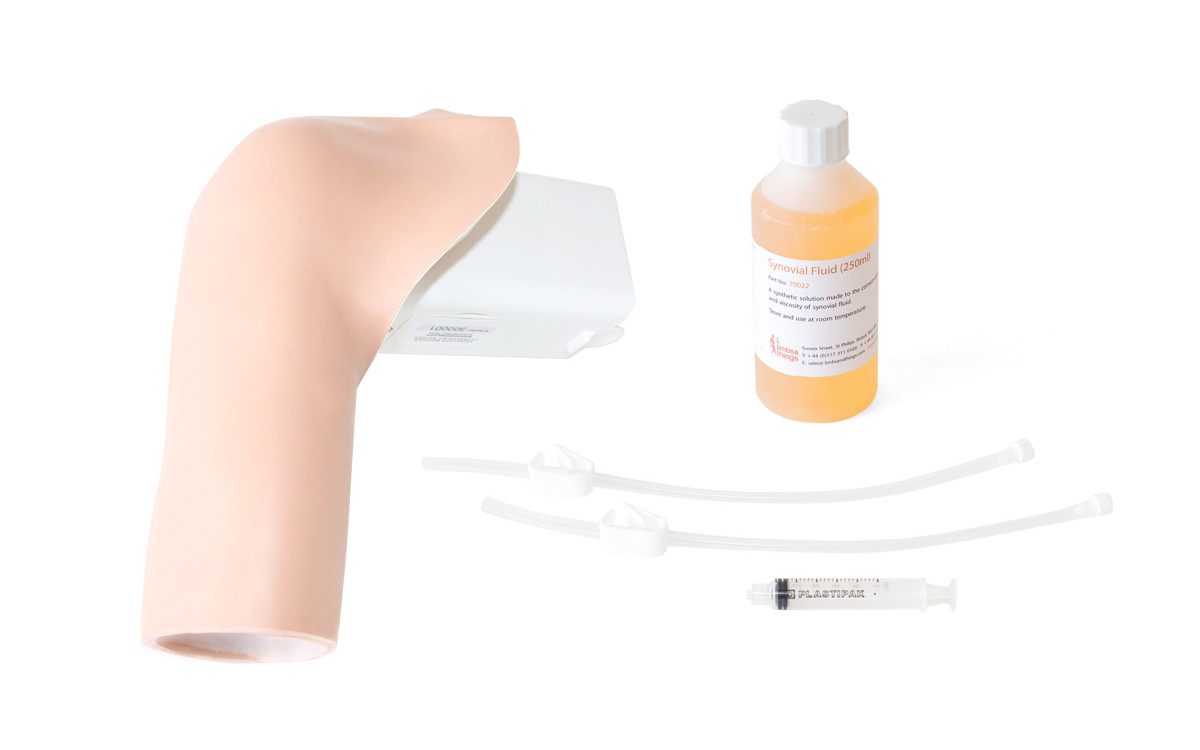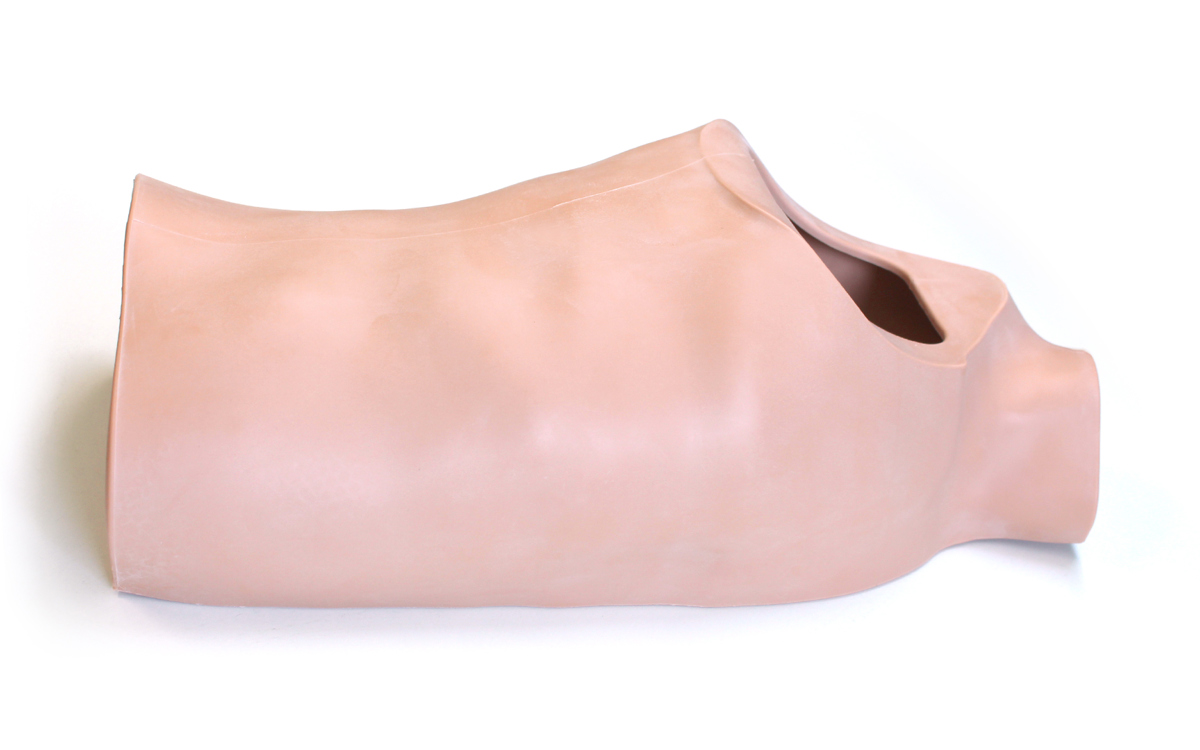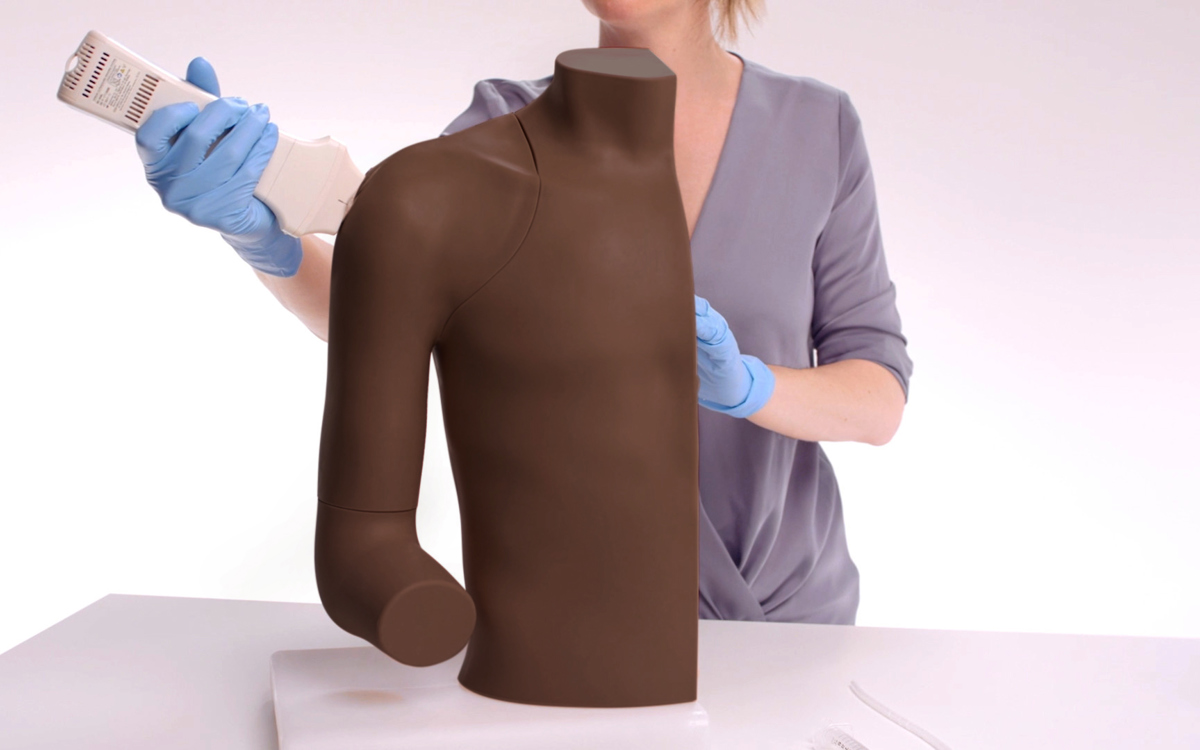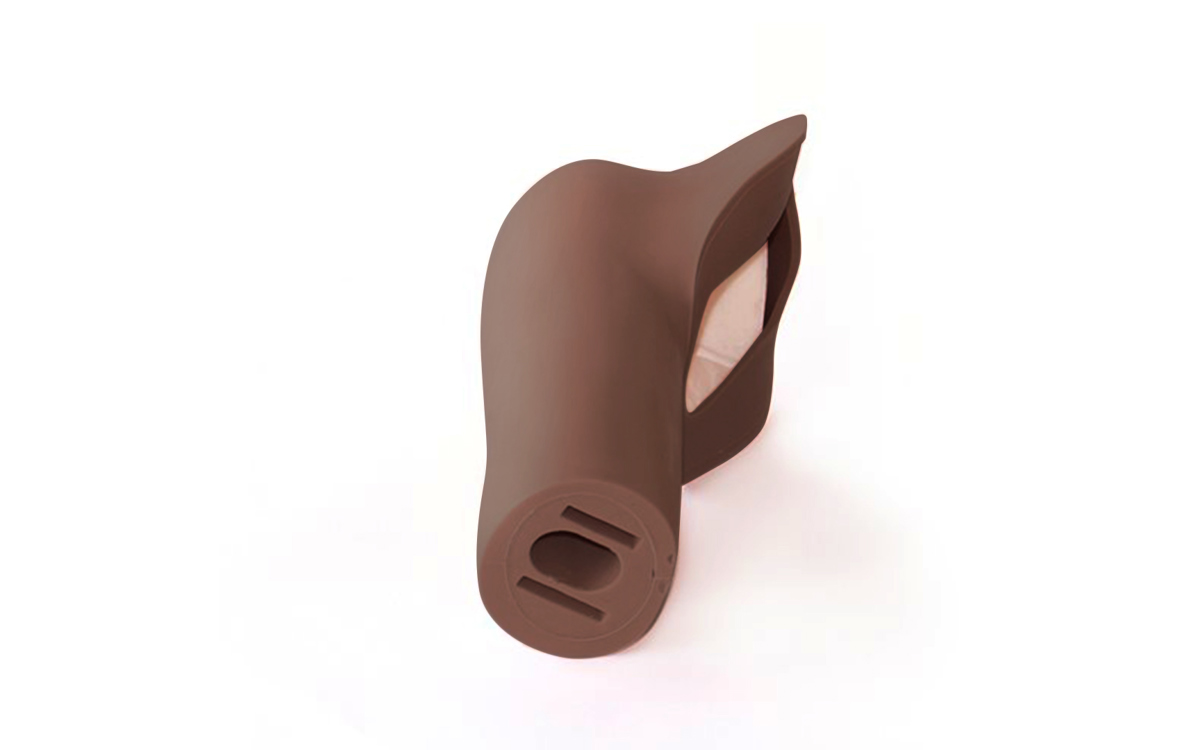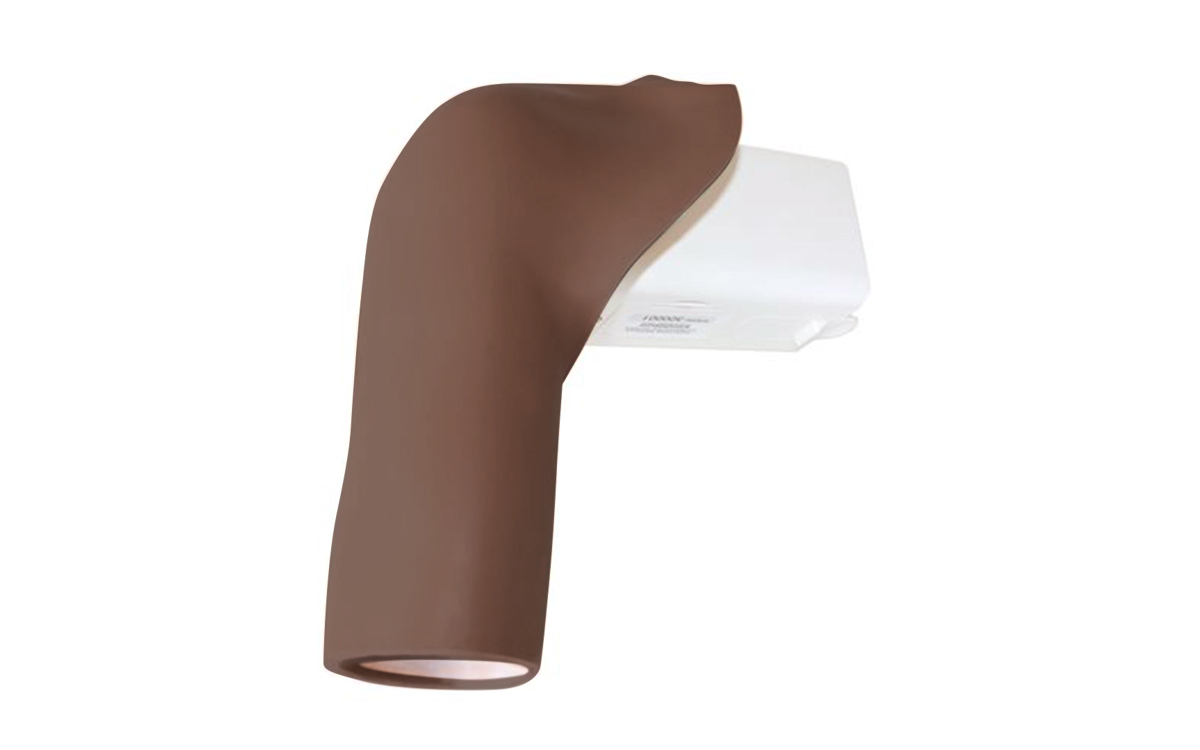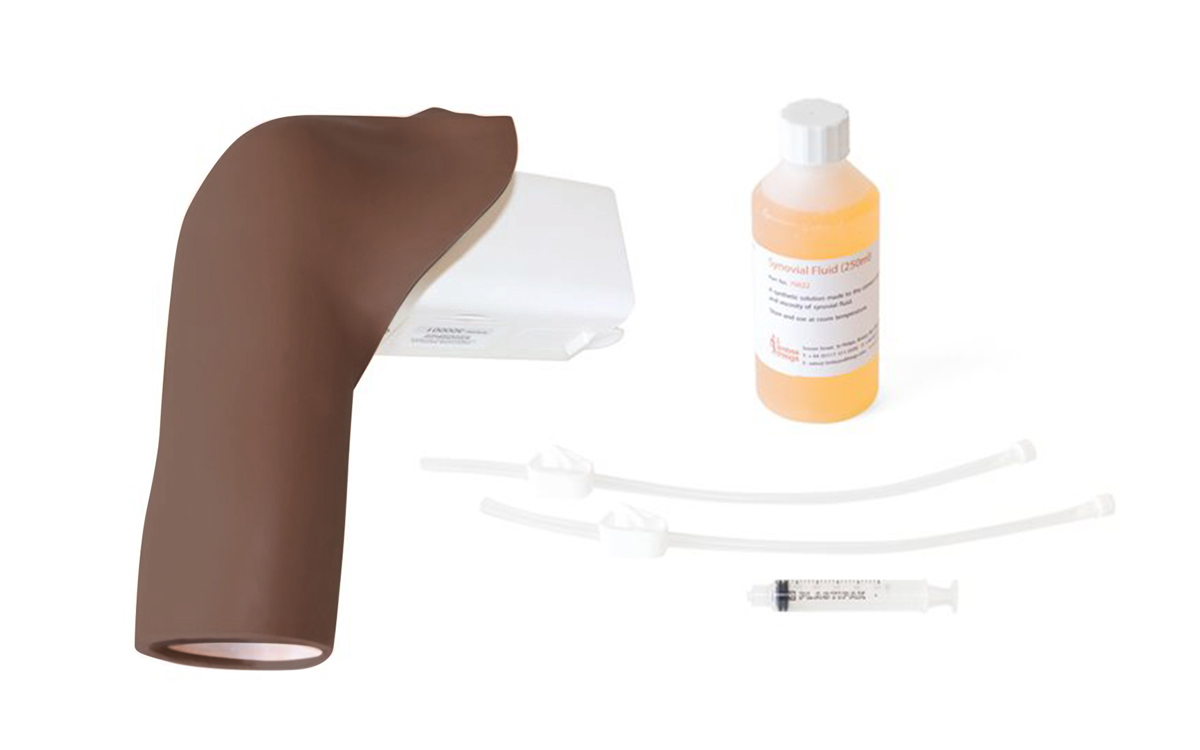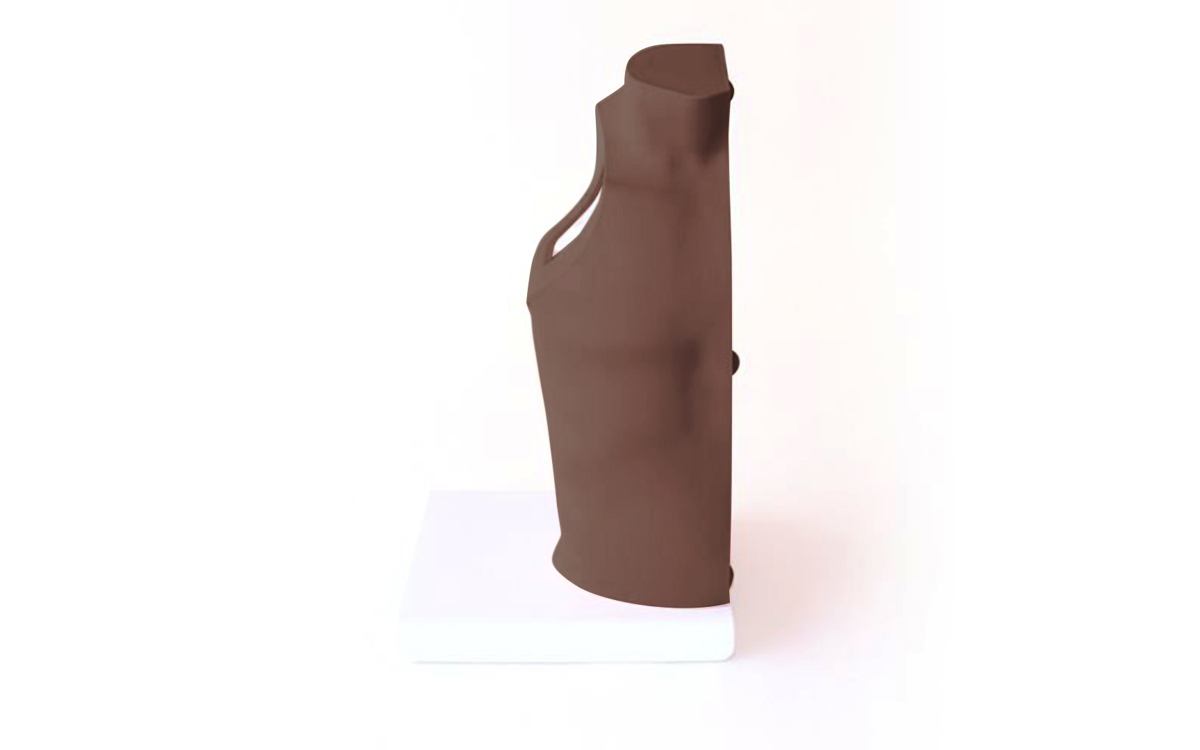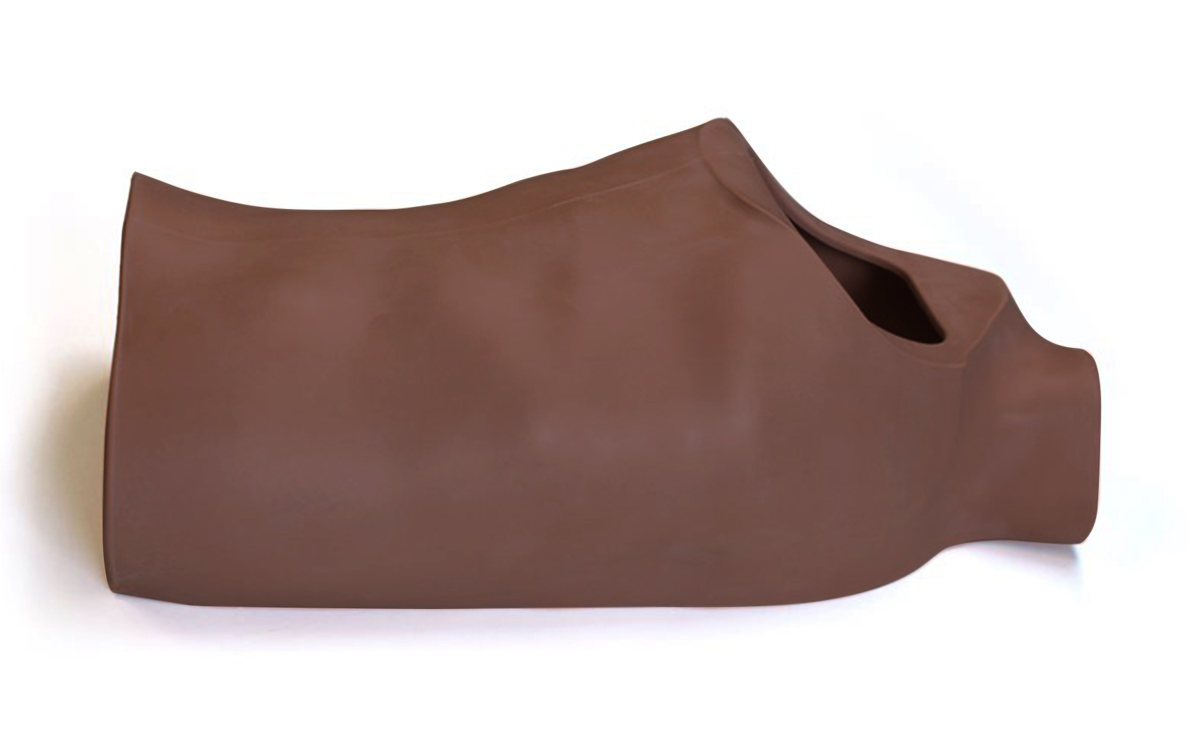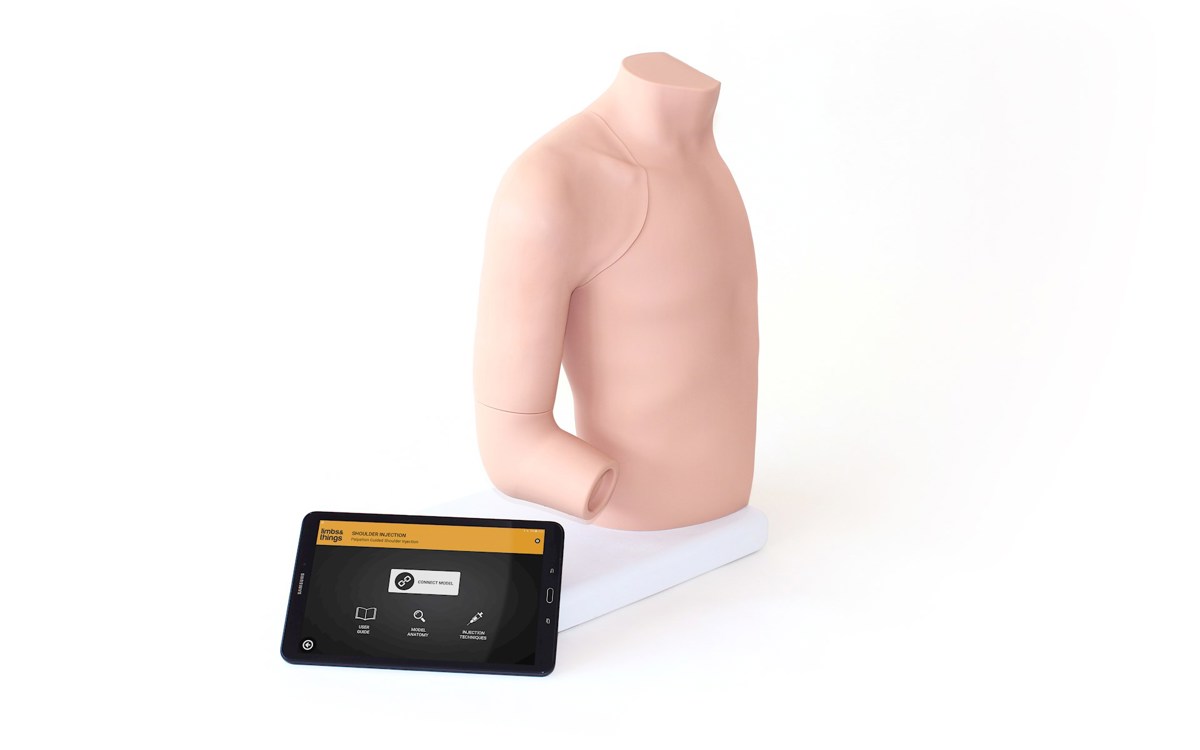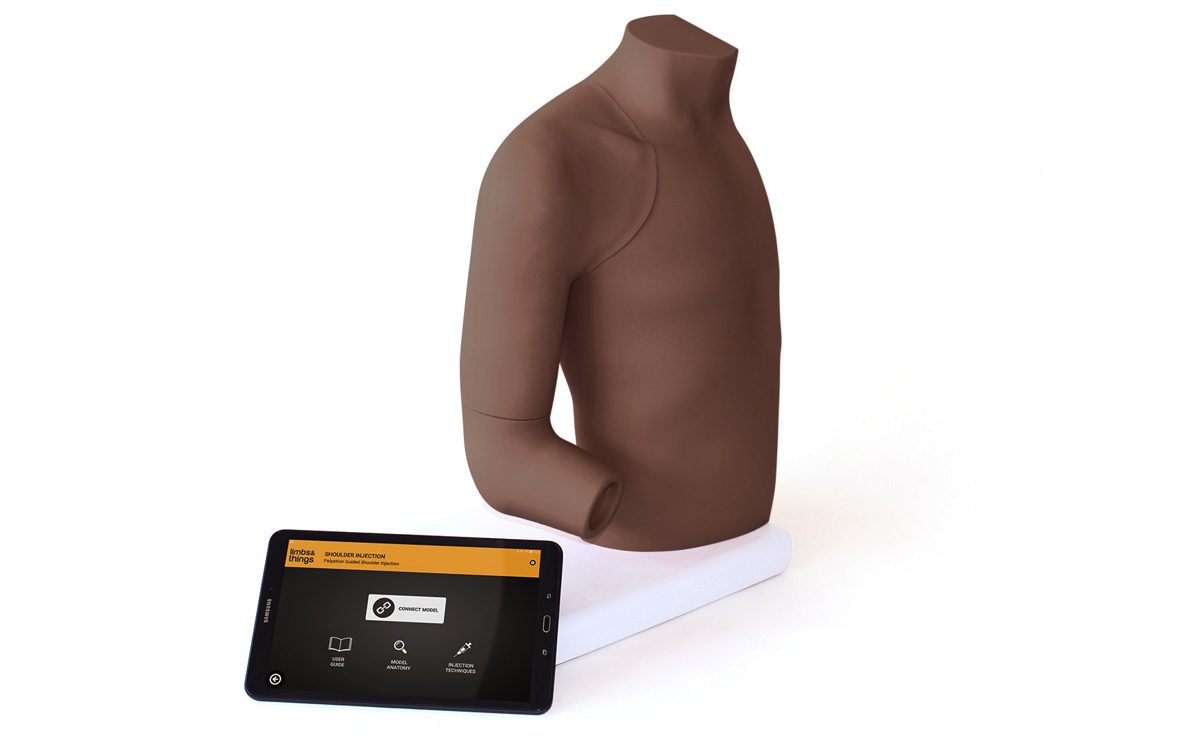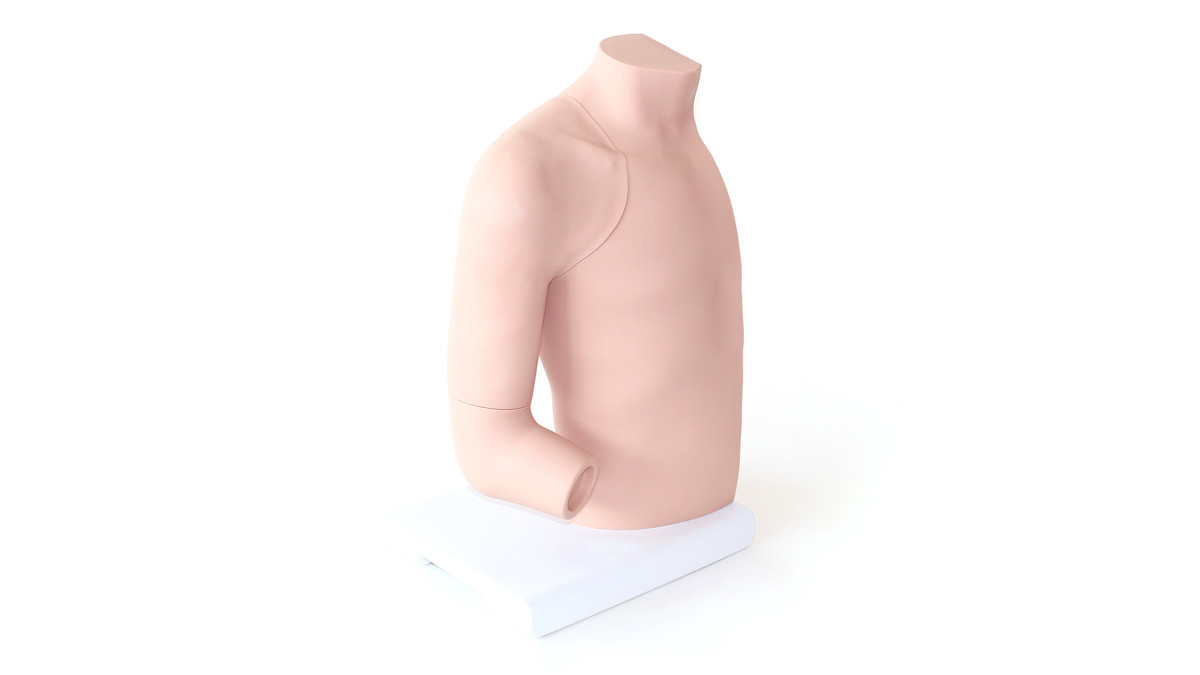
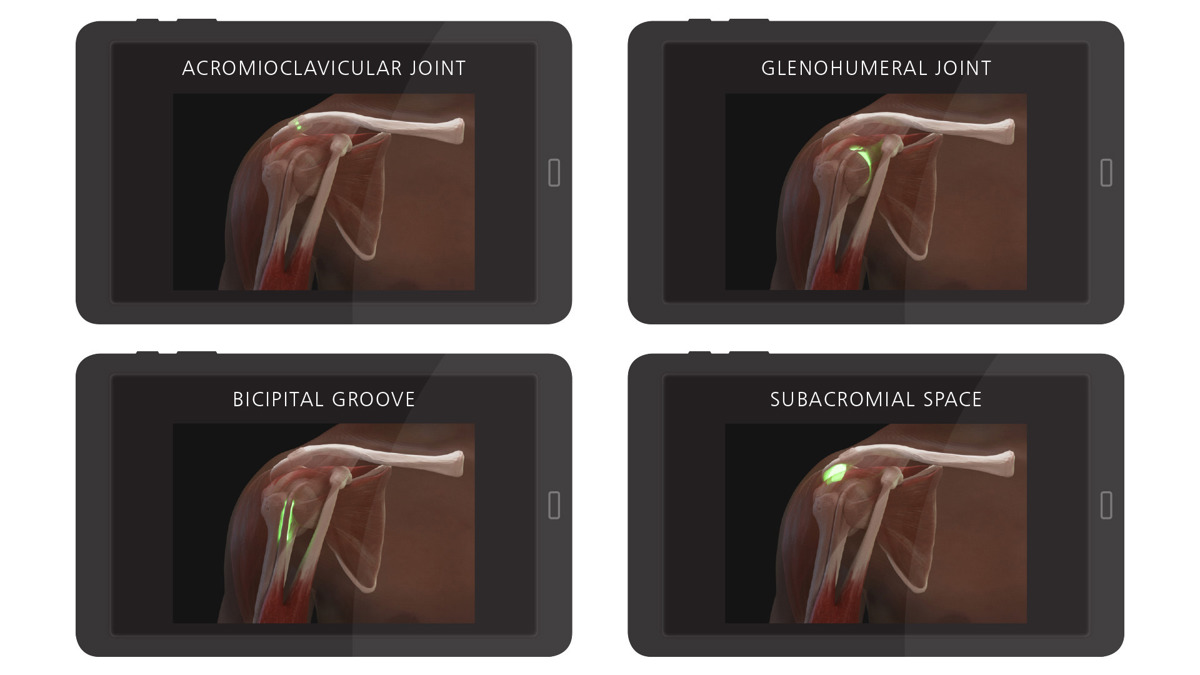
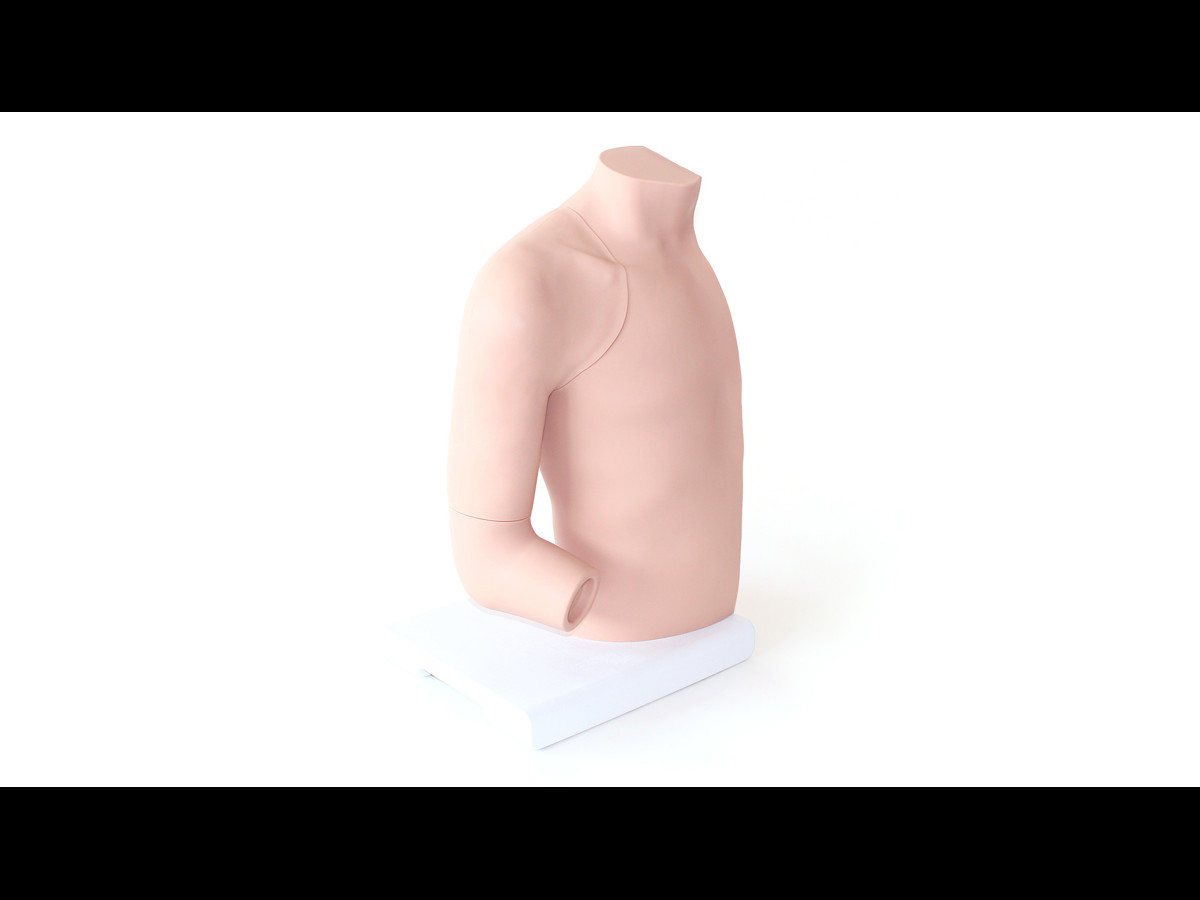
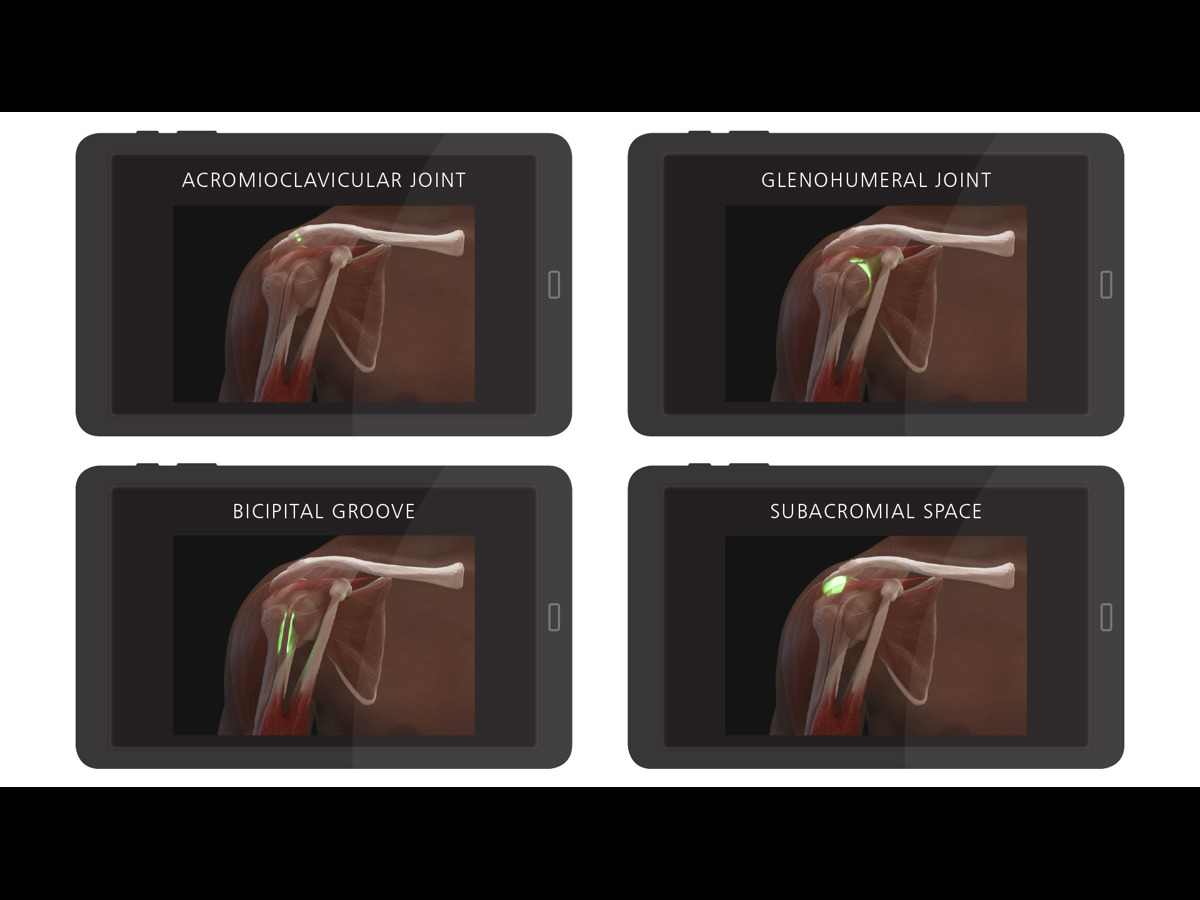

Shoulder Injection Trainer - Palpation Guided (without tablet) (Light Skin Tone)
Skin Tone
Model
The Limbs & Things Palpation Guided Shoulder Injection Trainer range was designed in collaboration with clinicians to provide the highest standard for training.
Palpation Guided injections are still widely performed by medical professionals across disciplines. True to life, repeatable training helps develop reliable and accurate practices.
The latest shoulder model is made with enhanced materials that have extended the life of the trainer threefold. This increased durability means lower ongoing running costs.
Training can be given on the following injection sites on the shoulder:
- Acromioclavicular joint
- Glenohumeral joint
- Bicipital groove
- Subacromial space
Overview
- Palpation of shoulder to find the four most common injection points
- Compatible with selected Android devices, check with customer services to find out if this model is compatible with your existing device
Realism
- Discrete muscle and skin layers for realistic needle feel
Versatility
- Injections from multiple approaches to allow for different preferences
- Shoulder Injection Trainer comes with two shoulder skins (one on the module, one spare), and cost effective replacement skins are available
- Shoulder skins have been vigorously tested for repeated use, ensuring a longer life span for the product
- Torso is compatible with both palpation guided and ultrasound guided Shoulder Injection modules
Cleaning
- NOTE: Shoulder Trainer contains electronics, do not submerge product in water
- Remove batteries from unit before cleaning
- Clean product with a damp cloth
- Allow product to dry thoroughly before storing
Safety
- This product is latex free
- Package contains needles
- Use the needles provided with the simulator, or near new needles of 21 gauge
- This simulator contains electronics, do not inject shoulder with liquids or use near water
- If storing for long periods of time, remove the batteries from the product
- Model conforms with ISO IEC 17050-1:2010 and FCC/CFR 47: Part 15, Sub Part B
Simulated Patient
- Shoulder trainer can be used with a simulated patient
Anatomy
Internal anatomy:
- Clavicle
- Acromion
- Coracoid process
- Humerus
Injection sites on the shoulder:
- Acromioclavicular joint
- Glenohumeral joint
- Bicipital groove
- Subacromial space
Skills Gained
- Practice multiple approaches to specific sites
- Patient positioning and management
- Identification of anatomical landmarks using palpation guidance
- Rotation of the shoulder to locate head of the humerus
- 4 common injection sites:
- Acromioclavicular Joint
- Glenohumeral Joint
- Bicipital Groove
- Subacromial Space
Product Contains
Comparison |
Palpation with Tablet | Palpation without Tablet | Ultrasound Guided |
|---|---|---|---|
| What's included | 70200 | 70201 | 70202 |
| Palpation Guided Shoulder Module (70212) | Yes | Yes | No |
| Ultrasound Shoulder Module (70213) | No | No | Yes |
| Shoulder Torso (70215) | Yes | Yes | Yes |
| Spare Shoulder Skin (Palp, 70210) | Yes | Yes | No |
| Android Tablet (with preloaded app) | Yes | No | No |
| 2 x AA Batteries | Yes | Yes | No |
| Needle Set (70108) | Yes | Yes | Yes |
| Filling Kit (70217) | No | No | Yes |
| Synovial Fluid (250ml, 70022) | No | No | Yes |
| Carry Case | Yes | Yes | Yes |
| Elbow | Yes | Yes | Yes |
| Ultrasound Gel | No | No | Yes |
Works with the following products:
References
Adult-Gerontology Acute Care And Primary Care NP Competencies 2016, p.42 Primary care practice skills which includes, but is not limited to: • Joint aspiration and injection. Nurse Practitioner (NP) and Physician Assistant (PA) Rheumatology Curriculum Outline, American College of Rheumatology (ACR) and Association of Rheumatology Health Professionals (ARHP), 2017, p.8 Perform procedures, as agreed upon by the supervising/collaborating rheumatologist and NP/PA: 2. Joint and soft tissue injections (adult) a. Indications and contraindications b. Large and medium joints (i.e., knee) ... e. Subacromial space
Nurse Practitioner (NP) and Physician Assistant (PA) Rheumatology Curriculum Outline, American College of Rheumatology (ACR) and Association of Rheumatology Health Professionals (ARHP), 2017, p.8 Perform procedures, as agreed upon by the supervising/collaborating rheumatologist and NP/PA: 2. Joint and soft tissue injections (adult) a. Indications and contraindications b. Large and medium joints (i.e., knee) ... e. Subacromial space
AAFP Residency Guidelines, Musculoskeletal and Sports Medicine, Reprint No. 265 (p.4): Indications, limitations, contraindications, and informed consent for office-based musculoskeletal procedures such as: a. Common joint aspirations b. Common joint injections c. Common injections for bursitis d. Common injections for tendinopathy
Core Curriculum Outline for Rheumatology Fellowship Programs, American College of Rheumatology, 2015 "Demonstrtae competency in obtaining synovial fluid from diarthrodial joints, bursae, and tenosynovial structures."
Royal Australasian College of Physicians, Rheumatology Advanced Training Curriculum, Royal Australasian College of Physicians, 2013, p.8 "be competent in the use of appropriate diagnostic and therapeutic procedures, including joint and soft tissue injection and aspiration."
ACSEP CURRICULUM, Australasian College of Sports and Exercise Physicians, 2017 Demonstrate proficient and appropriate use of procedural skills, both diagnostic and therapeutic. Assessment: Direct Observation of Procedural Skills (DOPS): Subacromial joint space injection Acromioclavicular joint injection
RAGCP Lifelong Learning Curriculum: Appropriate Procedures (2016): guided and unguided musculoskeletal injections (eg trigger point, joint, bursal, intra-articular, carpal tunnel, nerve blocks) The RACGP Curriculum for Australian General Practice 2011: Musculoskeletal Medicine, Royal Australian College of General Practitioners. Identify and acquire musculoskeletal procedural skill competency levels appropriate for the required service provision level, eg. if performing joint injections ensure skill competency level has been acquired.
The RCGP Curriculum: Professional & Clinical Modules, The Royal College of General Practitioners, 2016, p.327 . You may also consider attending courses offering joint injection training.
Specialist Training in Trauma and Orthopaedics Curriculum August 2015, p.43 and 52: "Shoulder: Investigations: Diagnostic and guided injections" "Elective General: Aspiration / injection shoulder joint"
Specialty Training Curriculum for Rheumatology, Joint Royal Colleges of Physicians Training Board, 2010 p.24 Practical procedures: to aspirate and inject joints competently using the appropriate techniques Competency is required in all of the following core procedures: o Shoulder: Joint: Glenohumeral joint, ACJ. Soft tissue: Sub-acromial bursa.
Specialty Training Curriculum for Sport and Exercise Medicine, Joint Royal Colleges of Physicians Training Board, August 2010, p.53 Skills (mandatory): Safely inject major joints including shoulder, elbow, knee and ankle
Language options within the Shoulder app:
- English (British)
- English (American)
- French
- German
- Mandarin
- Russian
- Spanish

